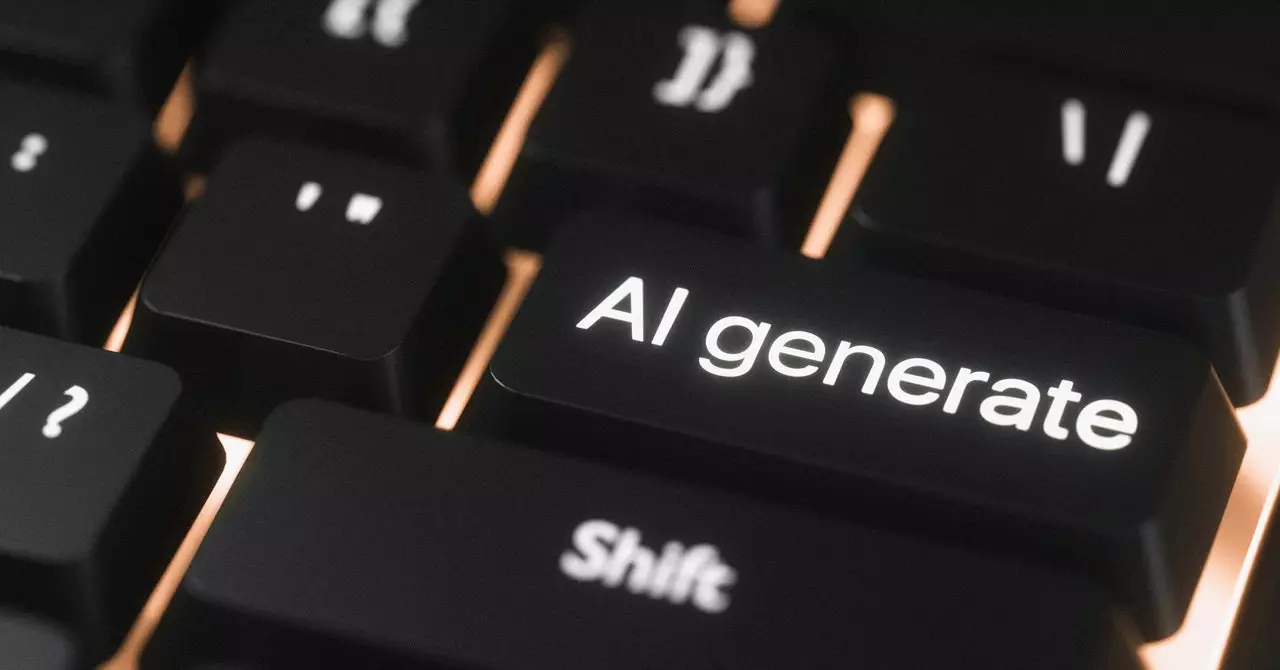In the ever-changing landscape of digital content creation, artificial intelligence (AI) has emerged as both a tool and a topic of heated debate. While many platforms grapple with defining the role of AI in the creative process, Substack presents a unique viewpoint. Co-founder Hamish McKenzie has acknowledged the generative AI phenomenon as a transformational force that writers cannot ignore. He mused that regardless of individual stances on this technology, the shift is already underway and here to stay. This perspective sets the stage for an insightful examination of how content creators on Substack navigate the growing prevalence of AI in their work.
A consensus among numerous Substack authors emerges: AI is not a replacement for creativity, but rather a powerful assistant in the writing process. Take David Skilling, for instance, the CEO of a sports agency who leads the well-followed soccer newsletter, Original Football, attracting an impressive subscriber base of over 630,000. Skilling describes AI as a “substitute editor,” enabling him to enhance his writing efficiency. His assertion that there exists a significant distinction between AI-generated content and AI-assisted writing is indicative of a broader understanding among content creators. This delineation reveals an important truth: while AI tools can facilitate the writing process, the core of creativity still rests with the human author.
Subham Panda, who contributes to Spotlight by Xartup—a newsletter capturing the latest in global startup news with over 668,000 subscribers—echoes Skilling’s sentiments. Panda emphasizes that their team employs AI primarily for image generation and information aggregation, while leaving the responsibility for content creation and quality firmly in the hands of the writers. This insistence on maintaining human oversight ensures that AI remains a supporting actor in the production of high-quality content rather than the leading star.
Max Avery, a contributor to the financial newsletter Strategic Wealth Briefing With Jake Claver, illustrates another facet of AI’s role. He utilizes tools like Hemingway Editor Plus to refine his drafts, demonstrating how technology can significantly enhance the clarity and impact of his writing. By using AI in this context, Avery maintains a balance where technology serves as a complement to human ingenuity, rather than supplanting it entirely.
Similarly, Josh Belanger, the mastermind behind Belanger Trading—a newsletter boasting over 350,000 subscribers—inhabits the nuanced space between human judgment and AI assistance. Belanger employs ChatGPT as a means of expediting the writing process while acknowledging its limitations. He has even devised customized AI models to navigate the specialized jargon of finance—a reminder that technology requires human agency to guide its application, particularly in fields where precision is paramount.
What sets Substack apart from competitors like Medium is the relatively low incidence of AI-generated content. Two leading AI-detection companies recently reported that approximately 40 percent of articles on Medium were created via AI tools, a statistic that starkly contrasts with the ethos practiced by Substack authors. The preference for AI as an assistive rather than a generative force not only showcases a commitment to quality writing but also reflects a broader trend among independent creators seeking authenticity in their work.
As AI technologies continue to proliferate across various sectors, writers on Substack have carved out a distinctive identity that embraces AI as a supportive instrument rather than an outright replacement for human creativity. By employing AI for specific tasks—be it editing, curating, or generating ideas—these authors reinforce the importance of the human touch in content creation. As McKenzie aptly points out, the reality of AI in writing is here to stay, but the challenge lies in integrating it in a way that champions the individuality and authenticity that good writing demands. Thus, as the dialogue around AI and writing advances, the relationship between technology and the writer will undoubtedly evolve, demanding critical reflection and adaptation at every turn.

